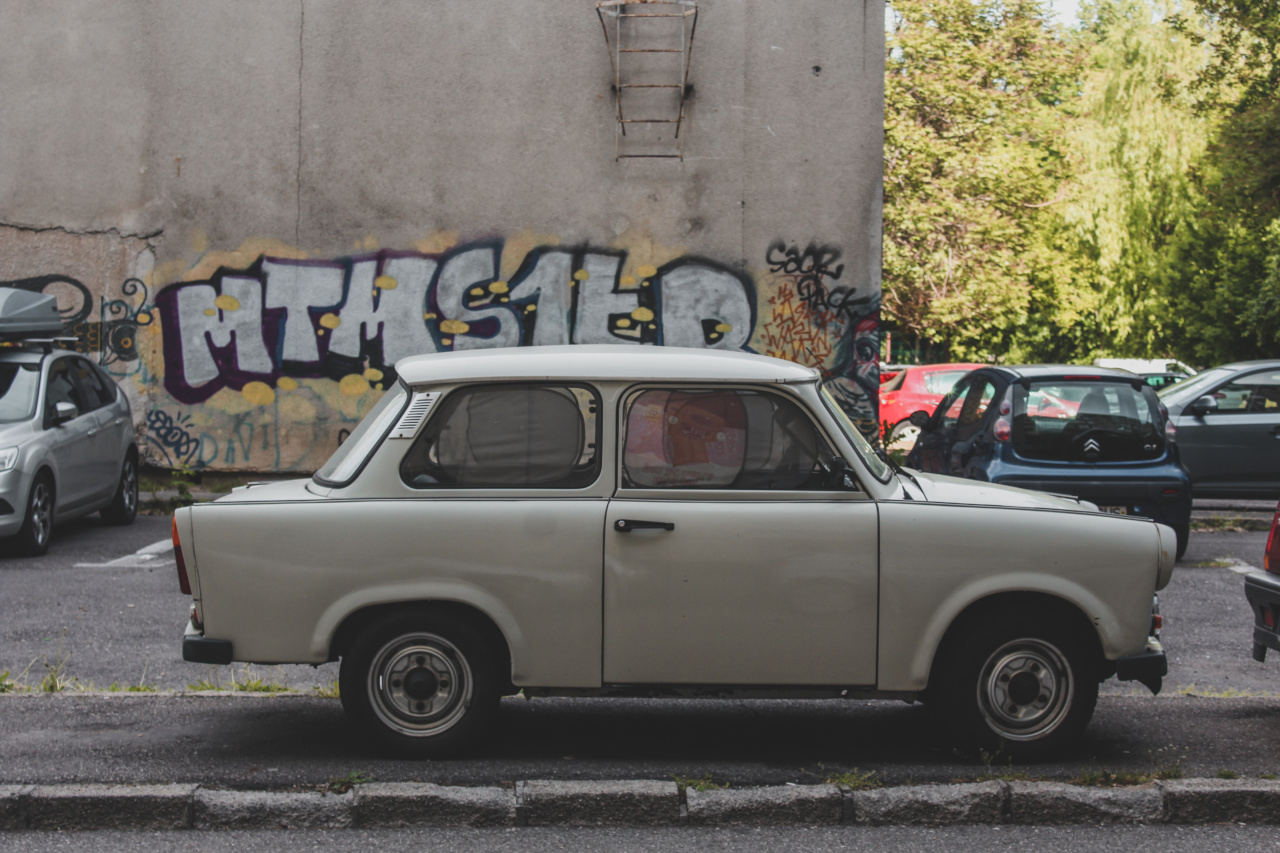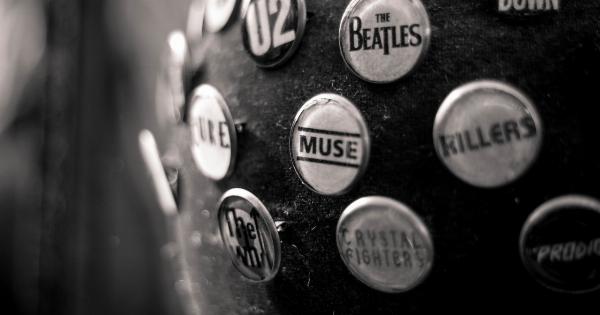The 1960s were a decade of radical change, vibrant music, and cultural revolution. This era saw the rise of the counterculture movement, the civil rights movement, and the Vietnam War protests.
Amidst this turmoil, the music scene was booming, with artists pushing boundaries and creating a soundtrack for a generation. From the Beatles to Jimi Hendrix, the 60s set the stage for a life of noise that would continue to evolve in the decades that followed.
The British Invasion: Rock ‘n’ Roll Takes the World by Storm
One of the defining moments of the 60s was the British Invasion, a wave of British rock bands that took the United States and the rest of the world by storm.
Led by the Beatles, bands like the Rolling Stones, the Who, and the Kinks brought a fresh sound and style that captivated audiences everywhere. The Beatles in particular changed the landscape of popular music, pushing the boundaries of what was possible in terms of songwriting, recording techniques, and experimentation.
The Psychedelic Era: Exploring New Horizons
As the 60s progressed, so did the music. The psychedelic era emerged, characterized by mind-altering sounds, experimental arrangements, and a heightened sense of consciousness.
Bands like Pink Floyd, The Doors, and Jefferson Airplane embraced this movement and created music that reflected the era’s fascination with drugs, spirituality, and alternative lifestyles. The music became a vehicle for exploring new horizons and challenging societal norms.
The Birth of Heavy Metal: A New Era of Loudness
By the late 60s, a new genre was emerging that would change the face of rock music forever: heavy metal. Bands like Black Sabbath and Led Zeppelin paved the way for a new era of loudness, aggression, and power.
With their heavy riffs, intense solos, and dark lyrical themes, they laid the foundation for what would become one of the most enduring and influential genres in the history of music. The 60s set the stage for this sonic revolution.
The Rise of Punk: Rebellion, Angst, and Noise
In the 1970s, punk rock exploded onto the scene, fueled by a raw energy, DIY ethos, and a desire to rebel against the establishment.
Bands like the Sex Pistols, The Clash, and the Ramones embraced a stripped-down sound, fast-paced rhythms, and a confrontational attitude. Punk was a reaction to the excesses of the 60s and a rejection of the mainstream. It brought noise to new levels, challenging conventions and giving a voice to the disenfranchised youth.
The Evolution of Noise: Alternative, Grunge, and Beyond
In the following decades, the life of noise continued to evolve and take on new forms. The 80s saw the rise of alternative rock, with bands like R.E.M., The Smiths, and Sonic Youth pushing boundaries and rejecting the commercialism of mainstream music.
The 90s brought grunge to the forefront, with bands like Nirvana and Pearl Jam capturing the angst and disillusionment of a generation. Noise became a way to express emotions, challenge the status quo, and create a sense of unity among listeners.
The Digital Revolution: Noise in the Age of Technology
With the turn of the millennium came the digital revolution, and with it, new possibilities for noise. The internet and digital technology revolutionized the way music was created, distributed, and consumed.
DIY musicians could now produce and share their work online, reaching audiences across the globe. Genres like electronic music and industrial became more prominent, with artists like Aphex Twin and Nine Inch Nails utilizing technology to create complex and immersive sonic landscapes. Noise took on a whole new meaning in the age of technology.
Noise as an Art Form: Experimental and Avant-Garde
Throughout history, there have always been artists pushing the boundaries of what is considered music. In the 60s and beyond, noise became an art form in its own right.
Avant-garde composers like John Cage and Karlheinz Stockhausen embraced noise as a means of artistic expression, challenging traditional notions of melody and harmony. Noise music emerged as a genre in itself, with artists like Merzbow and Lou Reed experimenting with unconventional sounds and textures. Noise became a tool for provocation, introspection, and artistic exploration.
The Legacy of Noise: A Continual Evolution
The 60s set the stage for a life of noise that continues to evolve and shape our world today. From the counterculture movement to the digital age, noise has always been a vehicle for social change, self-expression, and artistic exploration.
It has challenged conventions, pushed boundaries, and given a voice to those who have been marginalized. Whether it’s the raw power of punk, the experimental sounds of noise music, or the digital landscapes of electronic music, noise continues to captivate and inspire us.
It reminds us that life is not always quiet, but rather a symphony of sound that can both challenge and delight our senses.































